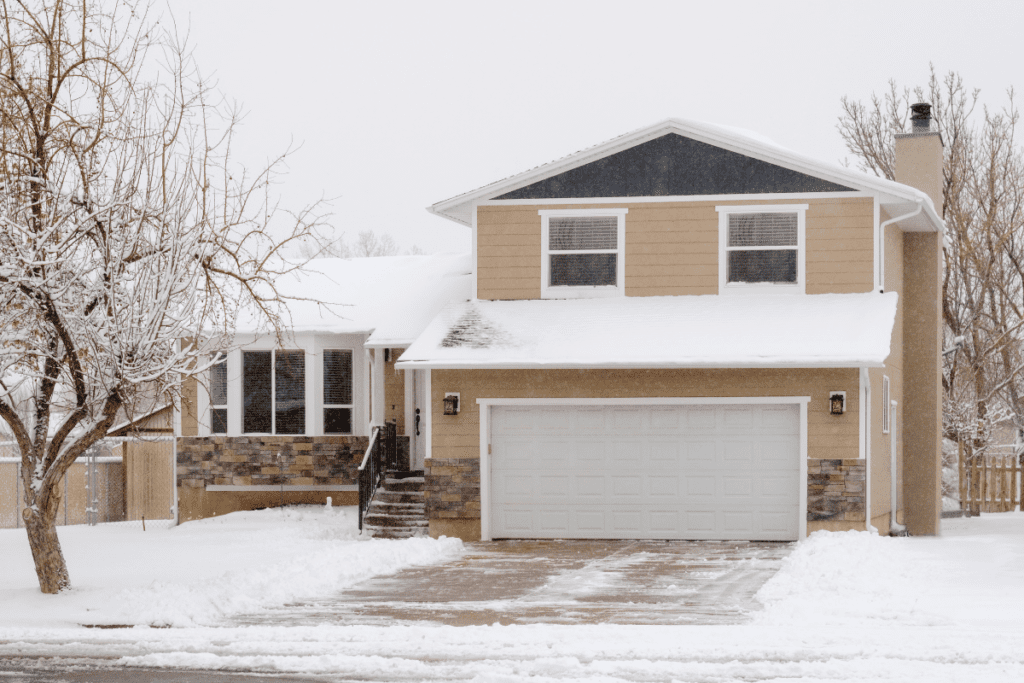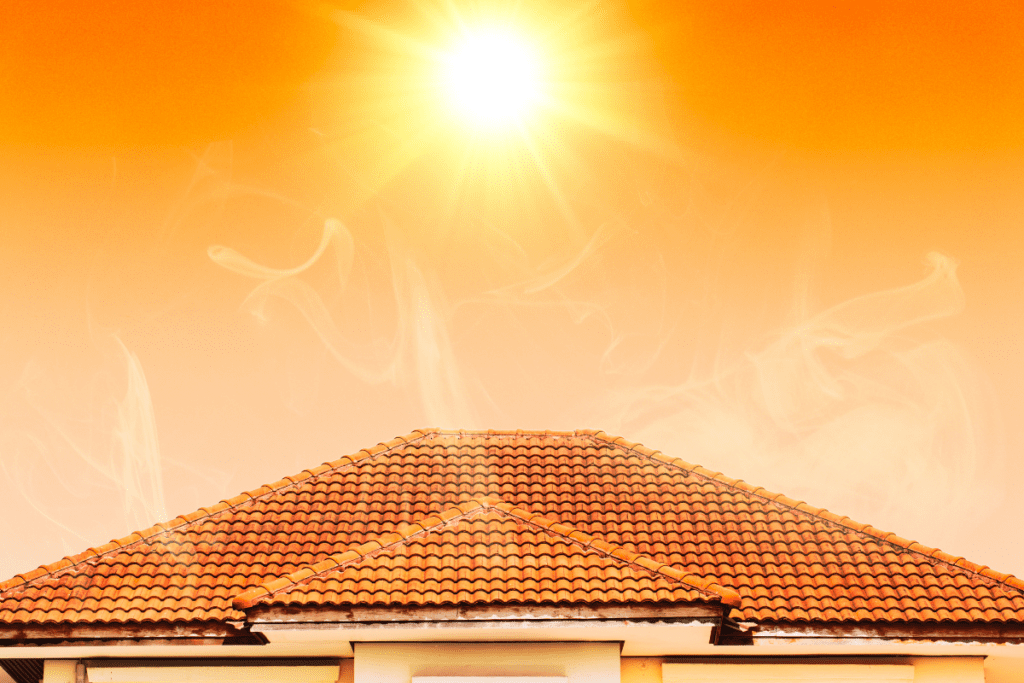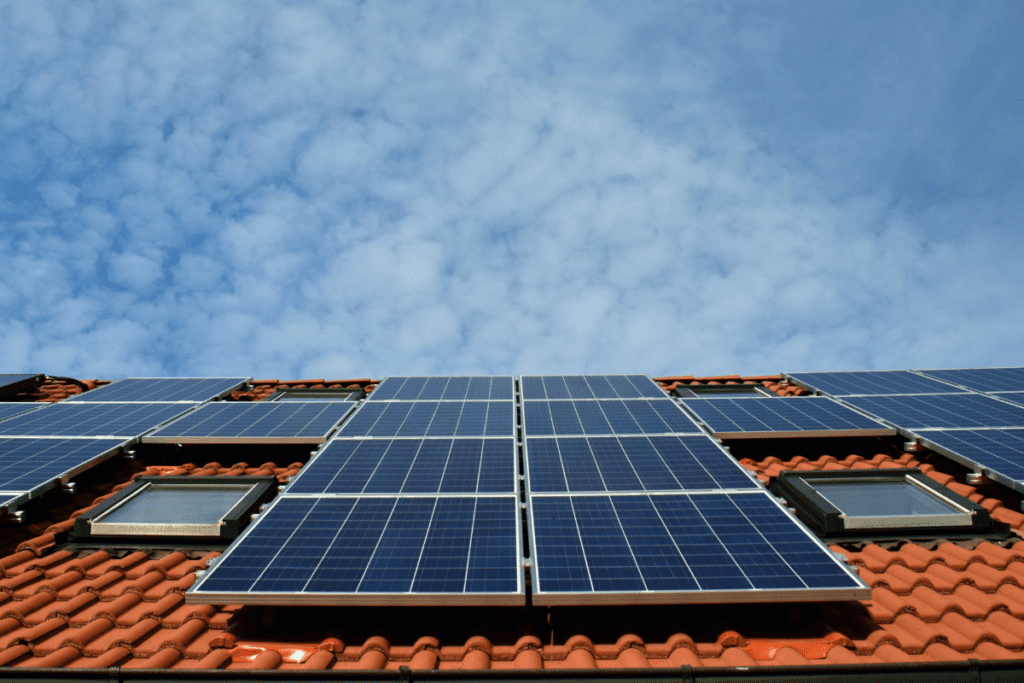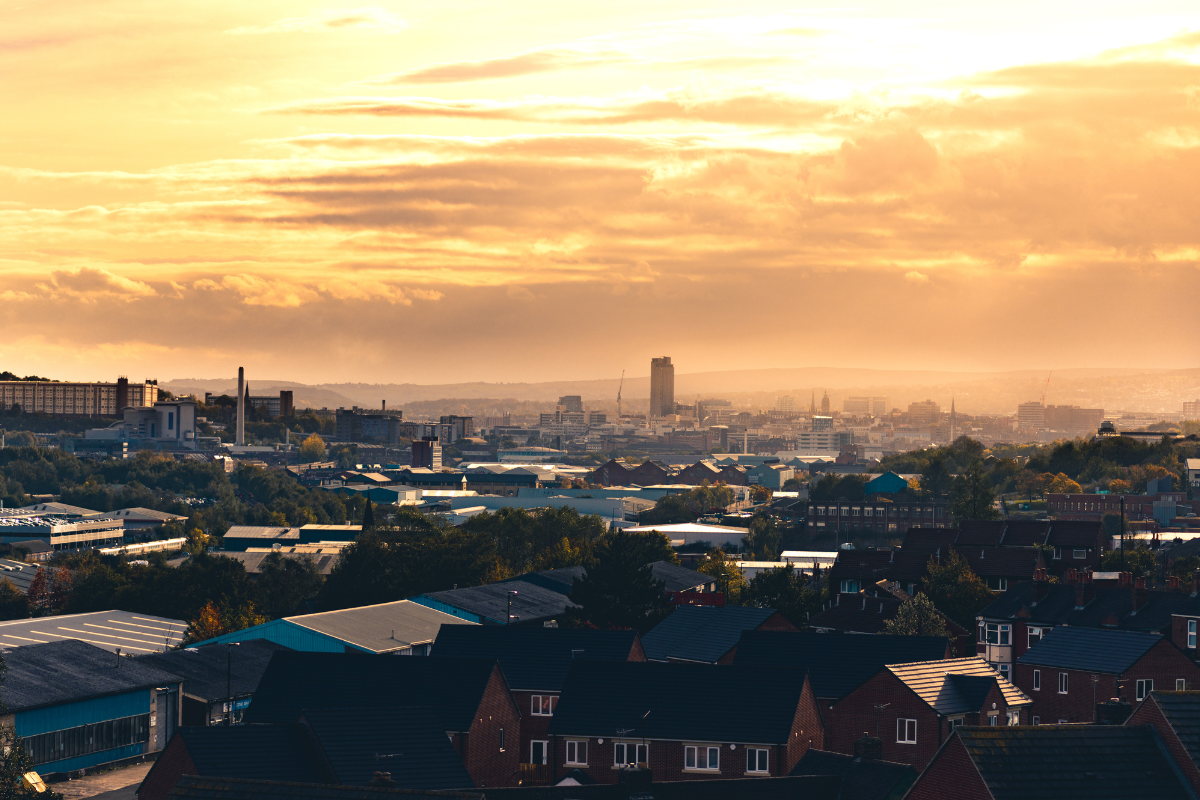Climate change has become a significant global issue, and the United Kingdom is no exception. In recent years, the UK has experienced extreme and rapid-changing weather conditions, including heatwaves or warm weather from one day and heading towards snowstorms the next. It’s difficult to know where you’re at with the UK weather – especially at the moment according to the Met Office! While we can wrap up warm or dress down to adjust our bodies, how can we adjust our homes. What does the quick changes in weather conditions mean for our properties? How does the cold and how does the heat impact where we live, and what happens when these extreme weather conditions change from day-to-day? Find out more about the impact on our homes, as well as tips for homeowners to prepare and adapt to this new reality.
How snow and cold conditions can impact our homes

The snow and cold temperatures usually mean we stay inside more, layer up, and use appliances to stay warm. However, our properties bare the brunt of the weather. Despite many new UK homes being built with cool temperatures in mind, extreme cold and snow can still affect them in different ways.
Structural damage
Snow can cause significant structural damage to properties, particularly when it accumulates on roofs and external structures. The weight of heavy snowfall can cause roofs to collapse, putting the entire property at risk. Furthermore, ice dams can form at the edges of roofs, causing water to seep into the property and potentially leading to extensive water damage.
Increased energy costs
The extreme cold doesn’t just affect properties physically, but its financial upkeep too! To keep our homes warm, we’re more likely to have the central heating on, use electric blankets, hot baths etc. This means higher utility and energy bills, which is currently too expensive for many households given rising inflation costs.
Frozen pipes
During periods of heavy snow and freezing temperatures, pipes can freeze. This can then make them burst, which potentially leads to water damage in the property. Frozen pipes can also disrupt the water supply, affecting the day-to-day functioning of the household.
Mould growth
As temperatures drop, we tend to seal our homes to conserve heat. However, this can trap warm, moist air inside, creating an ideal environment for mould growth. To prevent this issue, it’s important to regularly ventilate your home and consider investing in a dehumidifier to control moisture levels. Mould growth is a result of too much damp – find out more about different types of damp in your home.
Blocked gutters
One of the most frequent ways cold weather can harm your property is through clogged gutters. Windblown leaves can accumulate in gutters, and without regular cleaning, blockages can occur. This can lead to water leakage into your home, basement flooding, or even foundation cracking.
The impact of heat and heatwaves on properties

While freezing conditions can negatively impact our home, unfortunately so can the heat. July 2022 of sky high temperatures has suddenly come racing back, as the UK witnessed record temperatures of 40.3°C in some areas. Many UK homes are designed to retain heat for comfort during the winter months, but they are not built to handle extreme heat. Currently, a quarter of homes in England are at risk of overheating, and 570,000 new homes constructed since 2016 may struggle to cope with rising temperatures. When it gets hot, we can can cool down with fans, water and less clothing and protect ourselves with sunscreen and shade. But as with the cold, our properties struggle in various ways.
Thermal expansion and contraction
Heatwaves cause materials in properties to expand and contract, which can at times lead to structural damage. This can be particularly problematic for older buildings, as the materials may not be as resilient to these changes, leading to cracks and other damage. Thermal expansion and contraction can also mean subsidence can occur, when the ground beneath the property shifts and can cause significant damage.
Deterioration of building materials
Materials like concrete, commonly used in building construction, absorb more of the sun’s heat, increasing the likelihood of overheating. Extreme heat can cause these materials, as well as paint, siding, and roofing, to deteriorate more rapidly. As a result, heatwaves or hot weather can mean property owners need to pay more in the way of repairs and frequent maintenance.
Weakening fastenings
Prolonged dry and hot conditions can pose challenges for older fastenings in homes. Continuous exposure to heat may cause the nails securing tiles and slates to weaken, leading to loosening. As a result, gaps may form, allowing water to easily infiltrate your loft or attic space.
Increased energy costs
Just as with snow, heatwaves can lead to higher energy costs for homeowners. As temperatures soar, property owners start using more air conditioning or fans to keep their homes comfortable. This increased energy use can result in more financial costs.
What does rapidly-changing weather conditions mean for our homes?
As the UK experiences more unpredictable and extreme weather conditions, it is vital for property owners to understand how these rapid changes can affect their homes and take the necessary steps to adapt. Some of the impacts that result from diverse weather include an increased risk of flooding, which is expected to increase in the UK due to heavier rainfall and more frequent storms. Flooding can lead to extensive water damage, mould growth, and even structural damage to properties.
Changing weather patterns can also result in stronger and more frequent windstorms, which can cause significant damage to homes. This may include broken windows, damaged roofs, or fallen trees. To protect against wind damage, homeowners should ensure that their properties are well-maintained, with roofs, windows, and doors in good condition. Additionally, regular tree maintenance, such as pruning or removal of dead or dangerous limbs, can help reduce the risk of wind-related damage.
As humidity and moisture levels drop and rise, this can also contribute to dampness, mould growth and damage to building materials. This can have negative effects on the health of people that live in the property. Homeowners should be vigilant about maintaining good indoor air quality by ensuring proper ventilation, using air purifiers, and regularly cleaning their homes to reduce allergens and pollutants.
Preparing for and adapting to extreme weather conditions

Although we can’t control the weather, nor put a huge umbrella or parasol over our homes, there are certain things we can do to prepare for extreme weather. Here are four key steps that can help us out.
1. Insulation and energy efficiency
One of the most effective ways to prepare for both snow and heatwaves is to ensure that your property is well-insulated and energy-efficient. This can help to reduce energy costs during extreme weather conditions, while also maintaining a comfortable indoor temperature.
2. Regular maintenance
Regularly maintaining your property is crucial in mitigating the impacts of extreme weather conditions. This includes clearing gutters and downspouts, inspecting your roof for damage, and ensuring that your heating and cooling systems are in good working order.
3. Invest in weather-resistant materials
When carrying out repairs or renovations, consider investing in weather-resistant materials that can better withstand the impacts of extreme weather conditions. For example, you might choose heat-reflective paint or roofing materials that can better handle thermal expansion and contraction.
4. Get a property survey
Staying ahead of the game is important here, which means gaining as much insight into the condition of your property as possible. The best way to do this is through seeking expert advice from a qualified building surveyor. The surveyor can conduct a thorough inspection and assessment of the home, looking into its structure and other key susceptible areas.
5. Commission an EPC to find out your property’s energy efficiency
An EPC can determine how energy efficient your home is, and ultimately how it can stand up to certain weather conditions. An EPC is carried out by a quality energy assessor, who can provide recommendations to improve your home’s energy consumption. This not only can help combat the rising financial costs associated with energy bills, but also prevent some damage to your property.
The UK’s concurrent snow and heatwaves present unique challenges for property owners. However, with proper planning and adaptation, it is possible to mitigate the impacts of these extreme weather conditions on your property. By taking steps to improve your property’s insulation, investing in weather-resistant materials, and staying informed about weather forecasts, you can help ensure the safety and comfort of your home and its occupants during these unpredictable weather events.
If you want to get a property survey for your home, get in touch with CJ Bloor today. You can read more about what home surveys and building surveys entail and how they can help protect your home!




